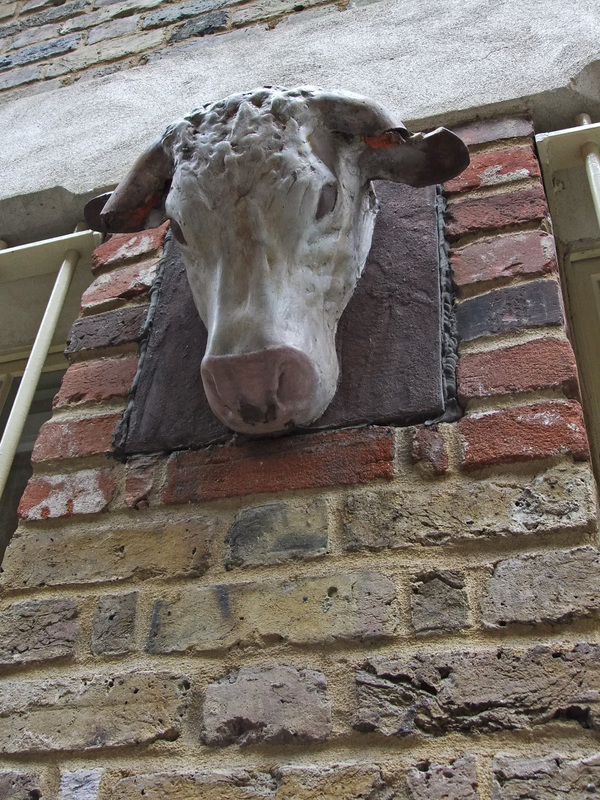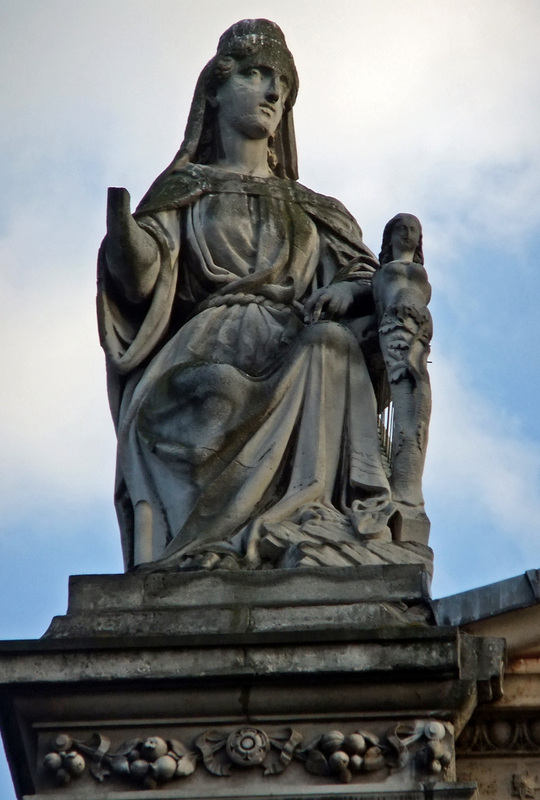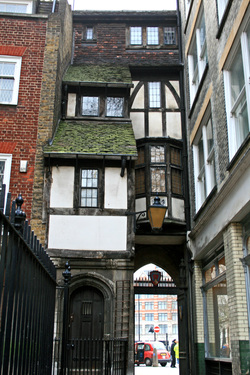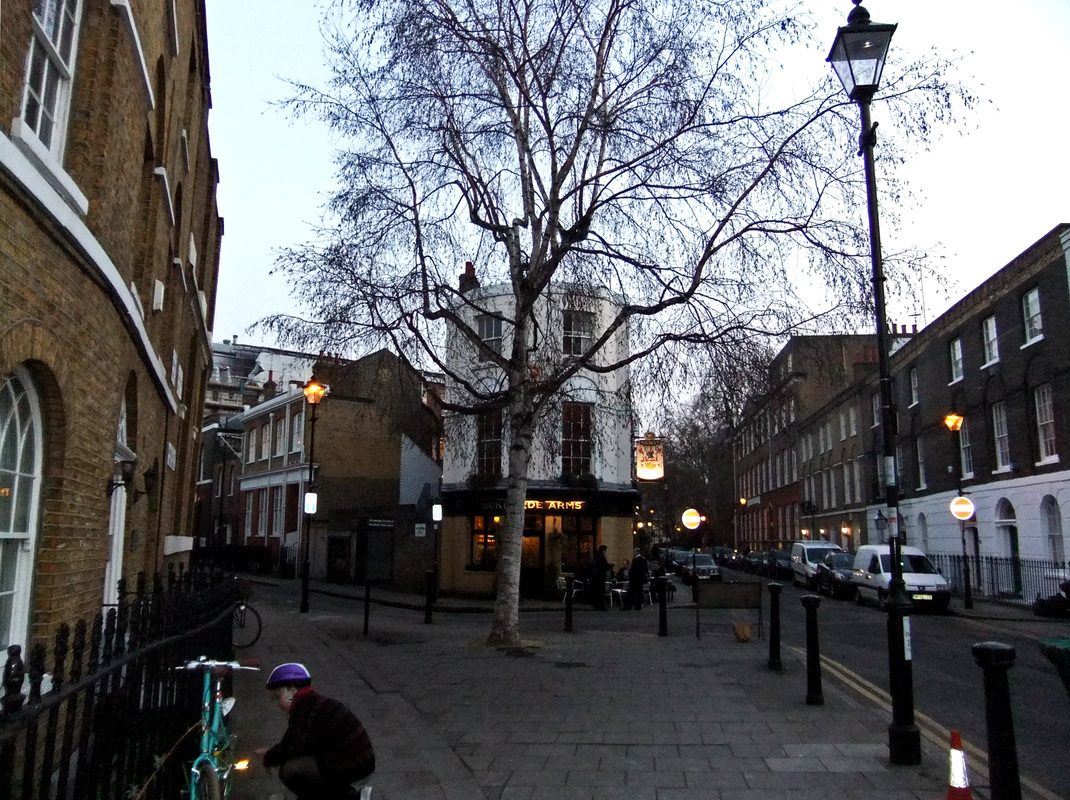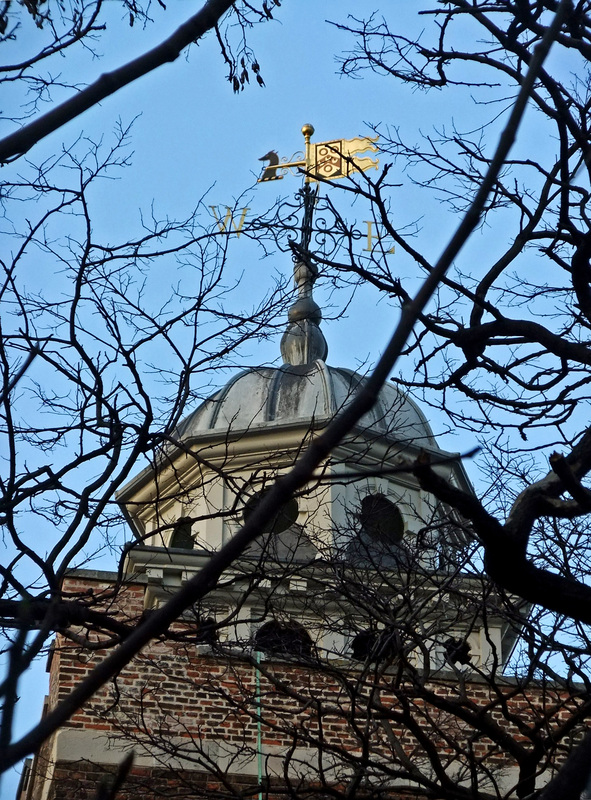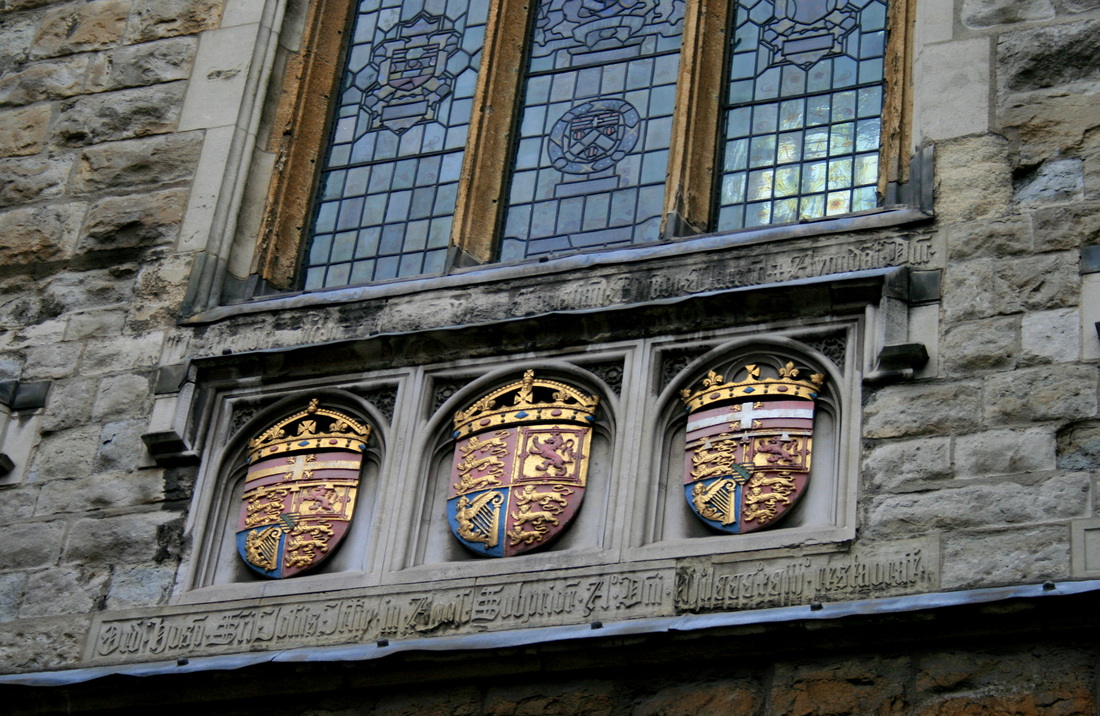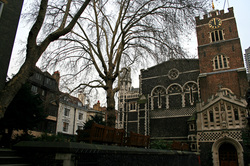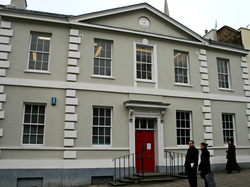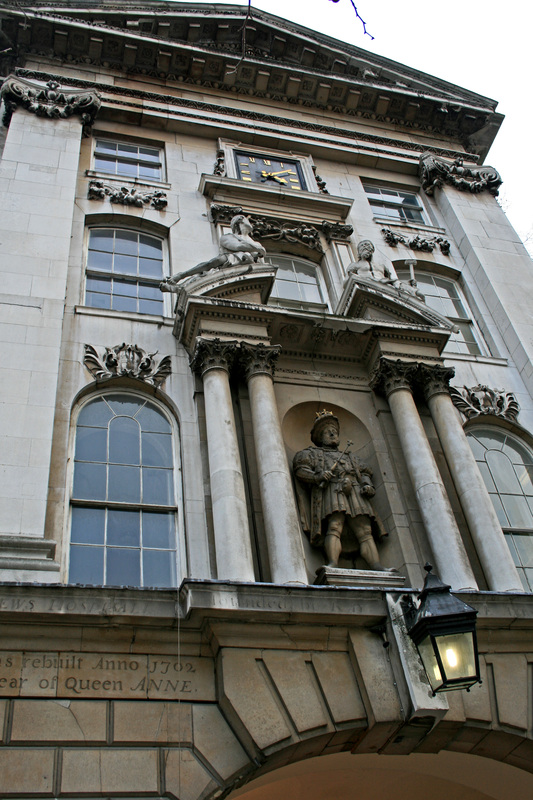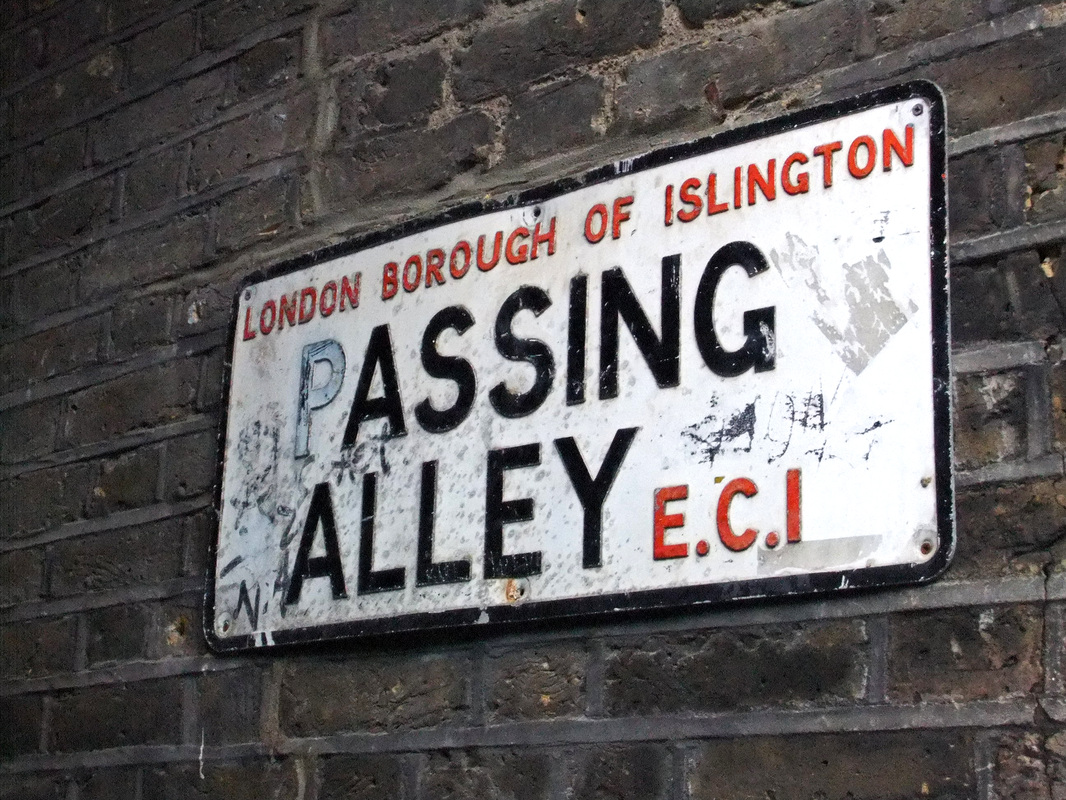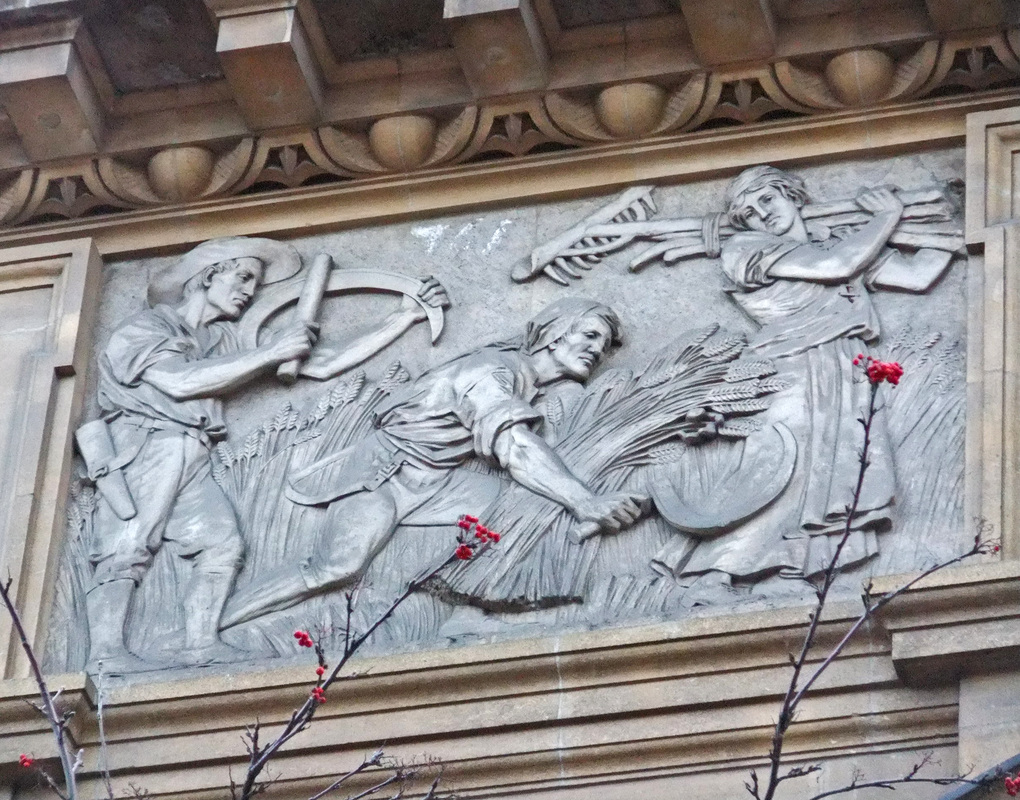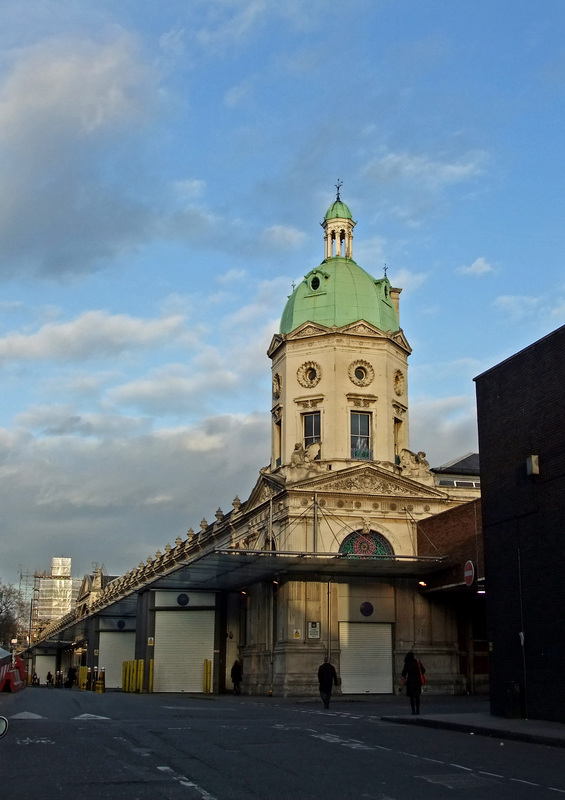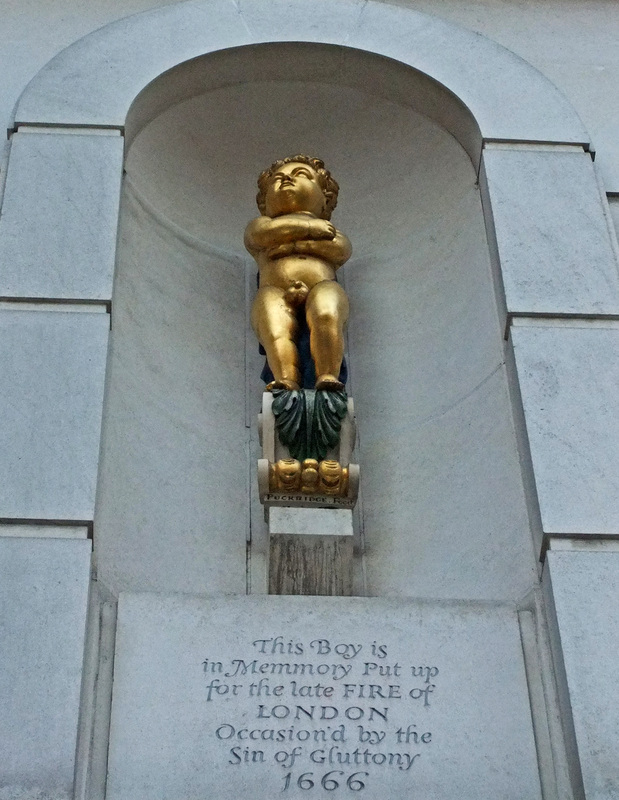Did you know?
In the 15th and 16th centuries, merchants came from all over Europe to buy the famous English broadcloth (a type of woolen cloth). Every summer they came to Cloth Fair - a maze of passageways and narrow streets where the cloth was sold.
|
|
Go over the new vocabulary at the end
We finish at the Barbican where we relax over a coffee while we to go over the new vocabulary together. Ask your teacher and guide any questions. |
Barbican Tube station is on the Circle, Metropolitan and Hammersmith & City lines. It is easy to get to any of the mainline stations. |
You can find dates and prices for this walk here. |
